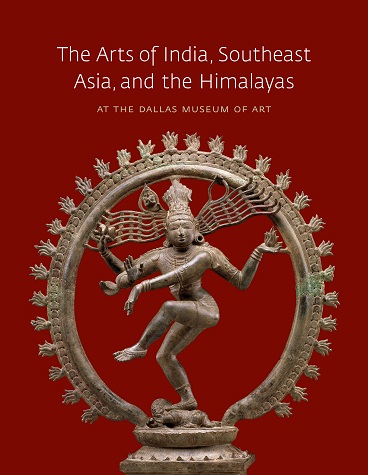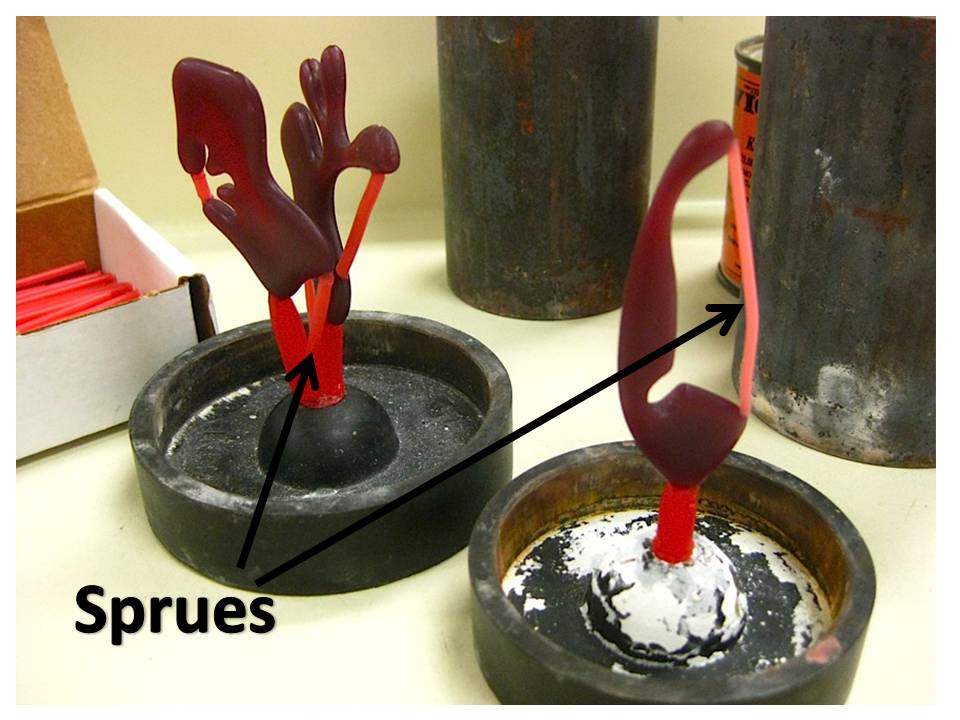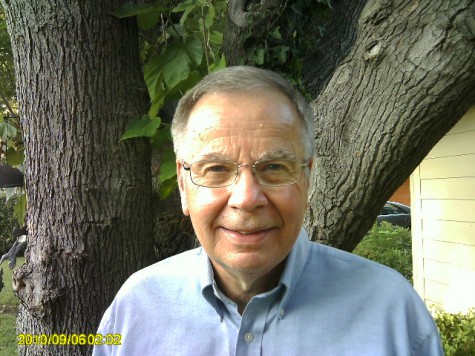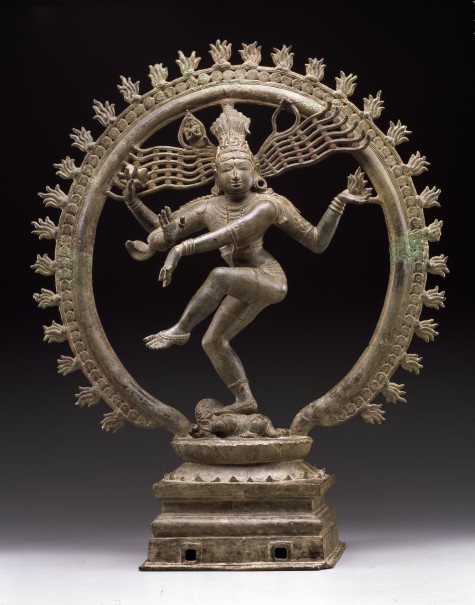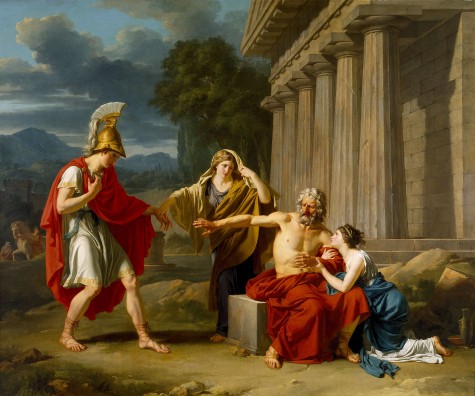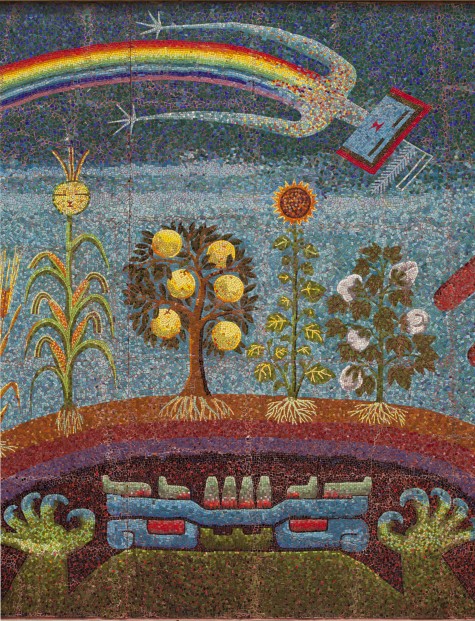On February 28, the DMA will celebrate the publication of the first catalogue dedicated to exploring the Museum’s collection of South and Southeast Asian art. The Arts of India, Southeast Asia, and the Himalayas at the Dallas Museum of Art was written by Dr. Anne R. Bromberg, the DMA’s Cecil and Ida Green Curator of Ancient and Asian Art.
The catalogue examines over 140 sculptures, architectural pieces, and other works of art that represent the many cultures and religions of India, Southeast Asia, and the Himalayas. Both visually and intellectually compelling, the catalogue celebrates the beauty and diversity of art from the region, as well as its social and historic significance.
The DMA’s South Asian collection has been growing since the first statue from the region was acquired in 1955. Since then, several exhibitions have led to the expansion of the collection, including the groundbreaking exhibition The Arts of Man in 1962 and the 1993 exhibition East Meets West: Selections from the David T. Owsley Collection. Following that exhibition, Mr. Owsley agreed to donate the exhibited works to the Museum, providing the core of the new Asian galleries that opened in 1996. He is also leaving his personal collection to the Museum in his estate.
We invite you to visit the Asian galleries to see (for free!) works from the catalogue that are currently on view, including the following and many others.
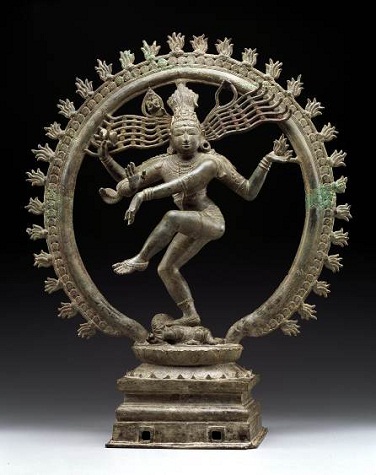
Shiva Nataraja, South India, Tamil Nadu, Chola dynasty, 11th century, bronze, Dallas Museum of Art, gift of Mrs. Eugene McDermott, the Hamon Charitable Foundation, and an anonymous donor in honor of David T. Owsley, with additional funding from The Cecil and Ida Green Foundation and the Cecil and Ida Green Acquisition Fund
This bronze sculpture of Shiva, the Hindu god of destruction, shows him in his form as the Lord of the Dance. His dancing obliterates ignorance, signified by the dwarf beneath him. On special occasions, metal images such as this one were taken on procession both within the temple and in the surrounding area.
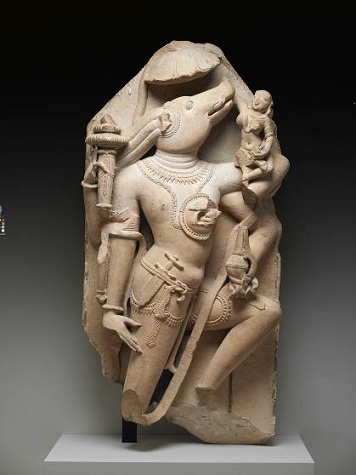
Vishnu as Varaha, Central India, Madhya Pradesh, 10th century, sandstone, Dallas Museum of Art, gift of David T. Owsley via the Alvin and Lucy Owsley Foundation and the Alconda-Owsley Foundation, E. E. Fogelson and Greer Garson Fogelson Fund, General Acquisitions Fund, Wendover Fund, and gift of Alta Brenner in memory of her daughter Andrea Bernice Brenner-McMullen
This sculpture portrays Vishnu, the Hindu preservation deity, as his incarnation of Varaha, with the head of a boar and the body of a human. He is shown triumphantly rising up from the ocean with the earth goddess, whom he has just rescued from the sea-demon that tried to drown her. Large figures of Varaha such as this one were often used to commemorate a king’s victory in battle, drawing an analogy between the righteousness of Varaha and the monarch.
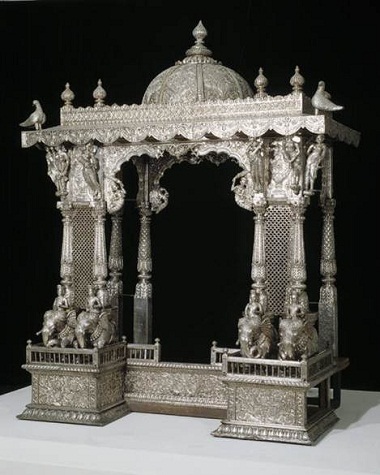
Shrine, India, Gujarat, late 18th-19th century, silver over wood, Dallas Museum of Art, gift of David T. Owsley via the Alvin and Lucy Owsley Foundation
This magnificent shrine is covered with a silver veneer and represents a miniature version of the universe; imagery evolves from the earthly realm of human activity to the heavenly realm with celestial dancers and birds near the dome. The eclectic imagery makes it difficult to identify as either Jain or Hindu without the holy figure that would have been seated in the middle. Shrines such as this one were used in private homes as well as in devotional chapels in larger temple complexes.
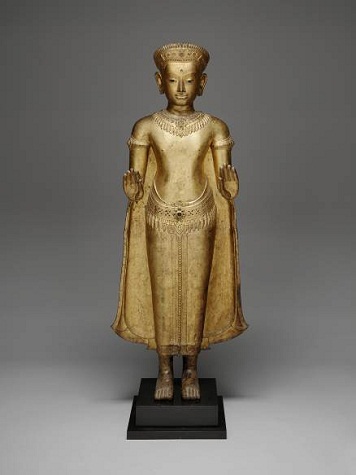
Standing Buddha, Thailand, Lopburi style, 13th-14th century, gilt bronze, Dallas Museum of Art, gift of David T. Owsley via the Alvin and Lucy Owsley Foundation, the Cecil and Ida Green Acquisition Fund, and Wendover Fund
This gilt bronze statue of the Buddha stands with his hands out in a gesture meant to drive back floodwaters. The Buddha’s spiritual wealth is reflected in the lavish material of his clothing and intricate decoration of his crown and jewelry. The artistic style is named after the central Thai city of Lopburi, which was both the political and artistic center of the region.
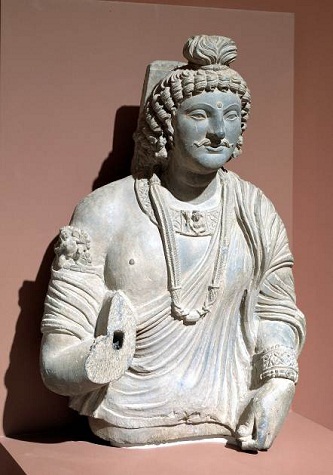
Bust of a bodhisattva, India, Gandhara, Kushan period, 2nd-early 4th century, gray schist, Dallas Museum of Art, gift of Margaret J. and George V. Charlton
This terracotta sculpture represents the last of the bodhisattvas that preceded the historical Buddha. This bodhisattva will be reborn as Siddhartha Gautama, the Buddha. Here, he is meditating on that reincarnation.
Please join us on Thursday, February 28, for a discussion led by Dr. Bromberg with fellow contributing authors to the book: Frederick M. Asher, Chair of the Department of Art History at the University of Minnesota; Robert Warren Clark, Coordinator of the Tibetan Language Program at Stanford University; and Nancy Tingley, an independent curator of Southeast Asian art. During this insightful program, they will discuss the history of the South and Southeast Asian collection at the DMA, as well as the process of creating the catalogue and what they found most interesting from the experience.
Andrea Lesovsky is the McDermott Graduate Curatorial Intern in Ancient and Asian Art at the DMA.
